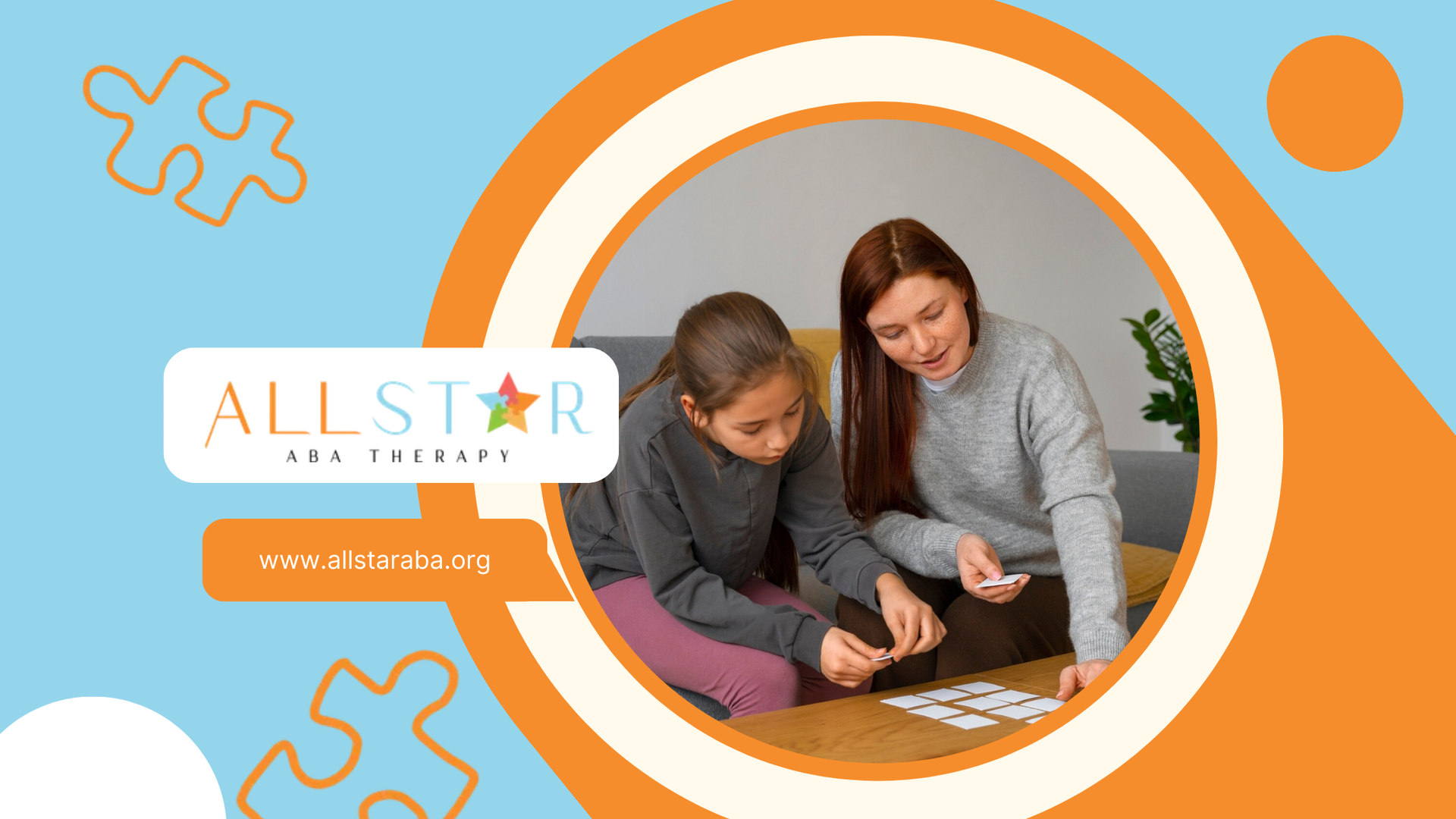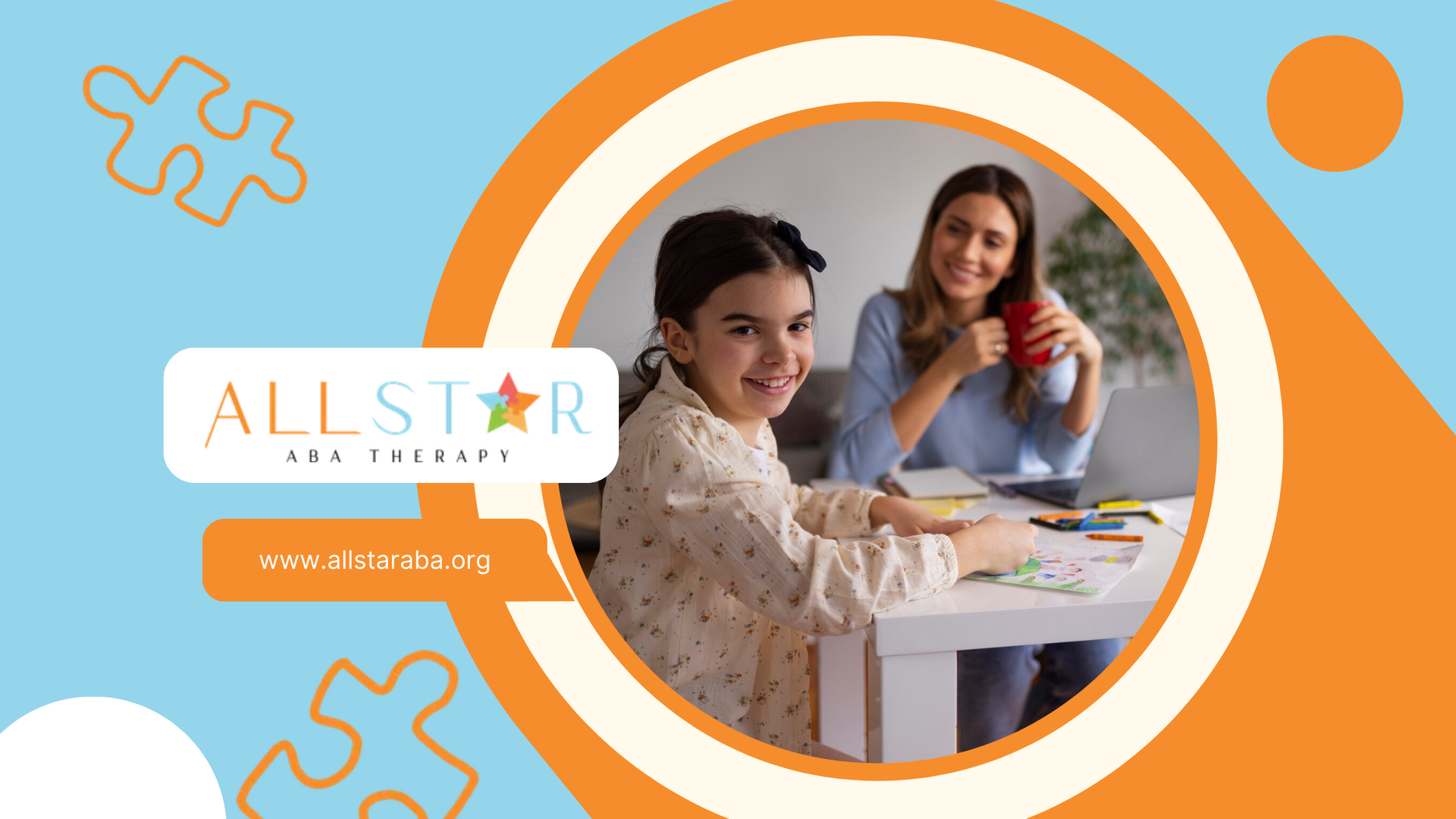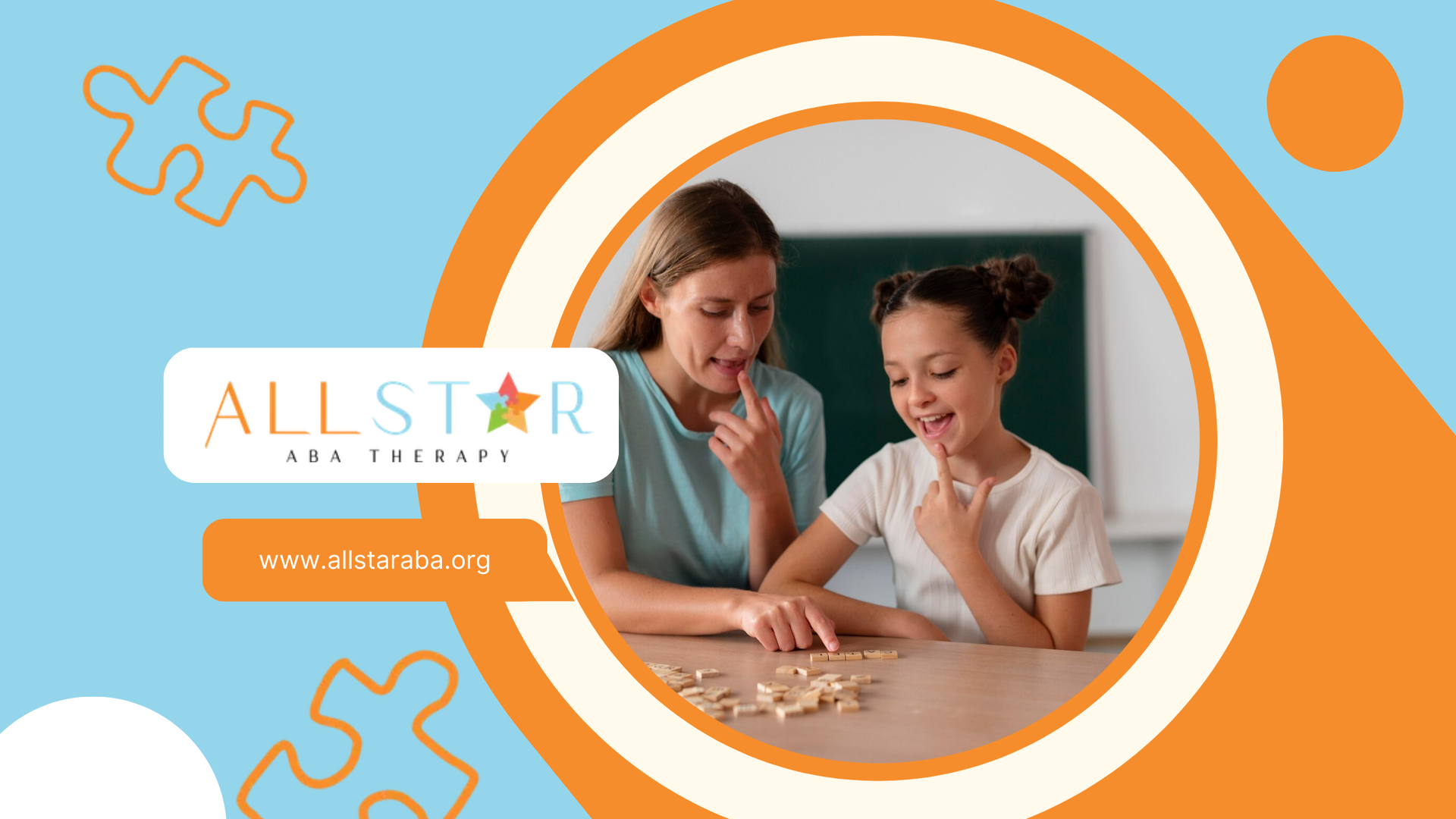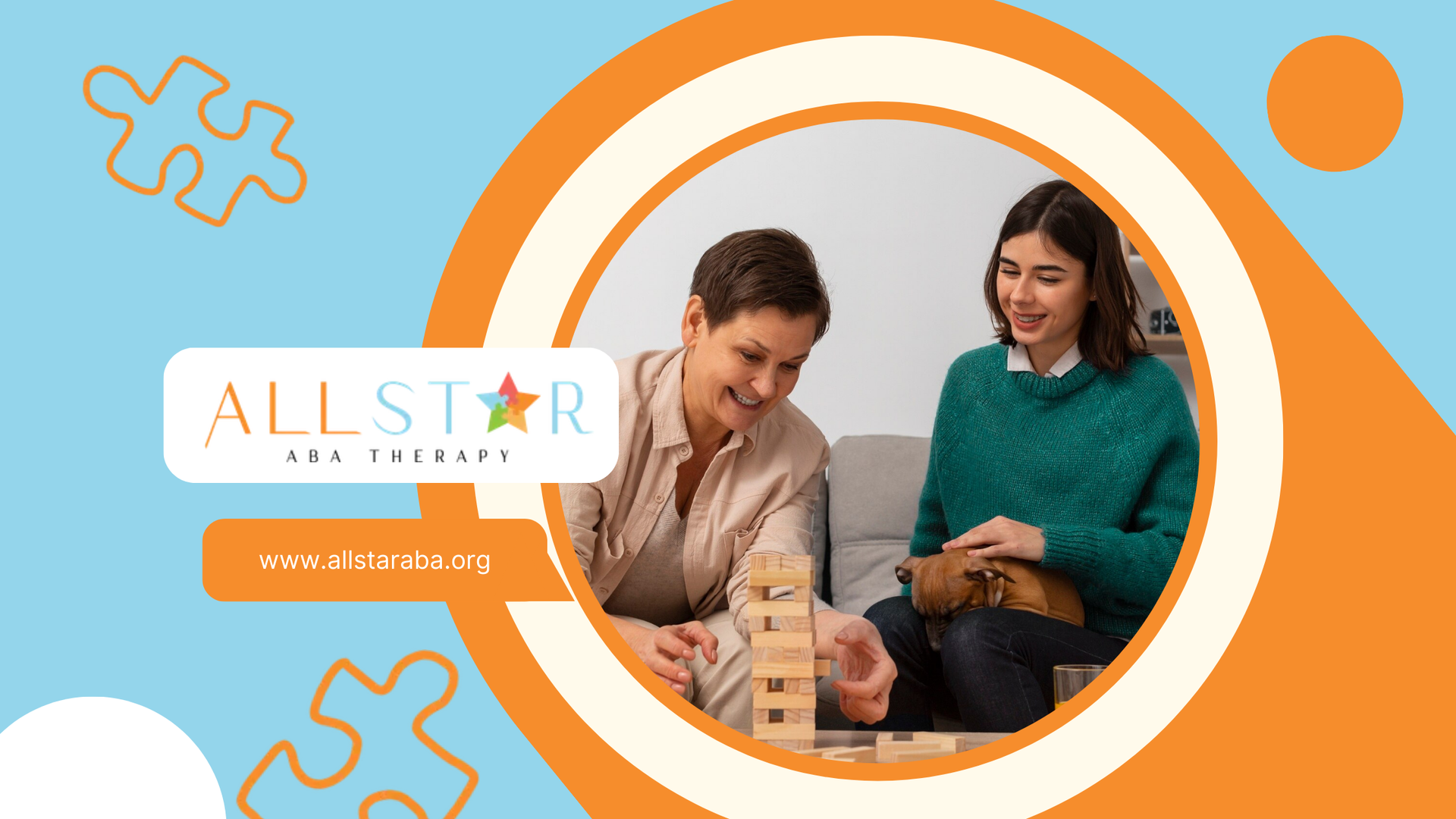New Paragraph
Navigating Emotional and Behavioral Responses to Traumatic Events: Insights from the Baltimore Key Bridge Collapse
The recent collapse of the Baltimore Key Bridge, a pivotal event triggered by the collision of the container vessel Dali with one of the bridge's supports, has stirred not just logistical disruptions but emotional and behavioral responses that ripple through communities far beyond the immediate vicinity of the Port of Baltimore. This incident, while primarily a logistical and economic challenge, also serves as a poignant reminder of the impact traumatic events can have on individuals, particularly children with Autism Spectrum Disorder (ASD).
Understanding the Impact
The indefinite closure of the Port of Baltimore, a critical node in the US's supply chain and the ninth largest port for international cargo, underscores the vast implications of such events. In 2023 alone, the port managed a record 52.3 million tons of cargo, valued at $80.8 billion, supporting over 15,000 direct jobs and nearly 140,000 related positions. Its sudden halt not only strains the local economy and supply chains but poses a considerable inconvenience to the lives of many, potentially leading to heightened stress and anxiety levels.
Emotional and Behavioral Responses
For children with ASD, the ripple effects of the bridge collapse, such as traffic tie-ups, changes in routine, and the adults around them experiencing increased stress levels, can be particularly challenging. These changes can manifest in various ways, including increased anxiety, behavioral regressions, or disruptions in daily routines that provide comfort and stability.
Strategies for Support
At All Star ABA, we recognize the importance of providing targeted support to children with ASD and their families during such times. Here are several strategies to help navigate the emotional waters following a traumatic event:
- Maintain Routines: As much as possible, keep to regular schedules. Predictability can be a source of comfort during times of uncertainty.
- Open Communication: Use simple, clear language to explain the situation. For children with ASD, understanding the context can reduce anxiety over observed changes.
- Encourage Expression: Provide avenues for children to express their feelings, whether through words, art, or play. Acknowledging emotions is a crucial step in processing them.
- Seek Professional Support: ABA therapy can be instrumental in addressing behavioral changes following traumatic events. Tailored strategies can help mitigate stress and anxiety.
The Road Ahead
While the economic implications of the Key Bridge collapse are being navigated, with experts like Mark Zandi of Moody’s Analytics suggesting minimal long-term impact on the US economy, the emotional and behavioral responses in our communities, especially among vulnerable populations like those with ASD, call for our attention and care.
As we await further updates on the bridge's reconstruction and the port's reopening, let us remember the importance of resilience, support, and understanding in facing the challenges ahead. At All Star ABA, we are committed to providing the resources and support needed to help our families through these times, reinforcing that even amidst disruptions, growth, and learning can continue to flourish.
Need Support?
We're Here to Help!
Our experienced team is ready to assist you. Reach out today to discuss how we can support your child's development and well-being.
Get started with expert ABA therapy today.








